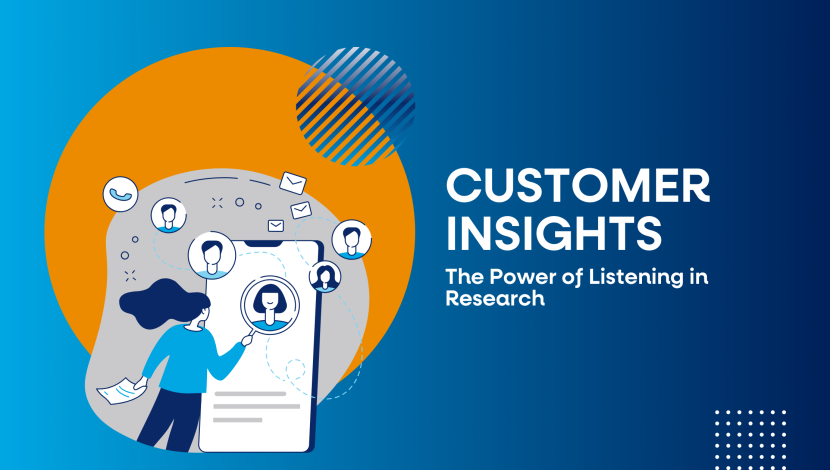In an era dominated by social media, understanding the pulse of your audience is more crucial than ever. Welcome to the world of Social Listening—a dynamic approach that transcends traditional research boundaries, offering unparalleled insights into customer sentiment, preferences, and trends. In this blog, we’ll delve into the transformative power of Social Listening in research and how it can elevate your understanding of the ever-evolving consumer landscape.
The Evolution of Research: Embracing Social Listening
What is Social Listening?
Social Listening involves monitoring online conversations, discussions, and mentions across various social media platforms to gain valuable insights into customer opinions, market trends, and brand perception. It goes beyond traditional surveys and focus groups, providing a real-time, unfiltered view of what people are saying about your brand and industry.
Why Listening Matters
- Real-Time Insights: Immediate Feedback: Gain instant access to customer reactions, opinions, and emerging trends.
- Timely Decision-Making: Respond swiftly to market changes, ensuring your strategies remain agile and effective.
- Understanding Customer Sentiment: Positive vs. Negative Sentiment: Identify and analyze the sentiment behind conversations, helping you gauge the overall perception of your brand.
- Customer Emotions: Uncover the emotions associated with your brand, enabling targeted engagement strategies.
- Competitive Analysis: Benchmarking Against Competitors: Evaluate your brand’s performance compared to competitors in terms of online presence and customer sentiment.
- Identifying Industry Trends: Stay ahead by identifying and capitalizing on emerging industry trends.
- Product and Service Improvement: Customer Feedback: Leverage direct customer feedback to enhance products or services.
- Identifying Pain Points: Discover areas of improvement by identifying customer complaints or concerns.
- Influencer Collaboration: Identifying Influencers: Identify and engage with influencers who resonate with your target audience.
- Leveraging Influencer Insights: Gain insights into market trends and preferences through influencer content and discussions.
Implementing a Customer Listening Program
- Define Your Objectives: Clearly outline your research goals and the specific insights you aim to gather through Social Listening.
- Choose the Right Tools: Utilize advanced Social Listening tools that allow comprehensive tracking, sentiment analysis, and competitor benchmarking.
- Set Up Monitoring Parameters: Define keywords, hashtags, and relevant topics to ensure your Social Listening efforts are focused on extracting the most relevant insights.
- Analyze and Interpret Data: Regularly analyze the data collected, focusing on trends, sentiment shifts, and emerging patterns.
- Integrate Findings into Strategy: Translate Social Listening insights into actionable strategies, influencing product development, marketing campaigns, and customer engagement efforts.
Amplifying Your Research Landscape
Social Listening isn’t just a tool; it’s a paradigm shift in the way we understand our audience. By tapping into the real-time conversations happening across social platforms, businesses can uncover hidden opportunities, mitigate risks, and build stronger connections with their audience. Embrace the power of Social Listening, and let it guide your research strategy towards unprecedented insights and success.


